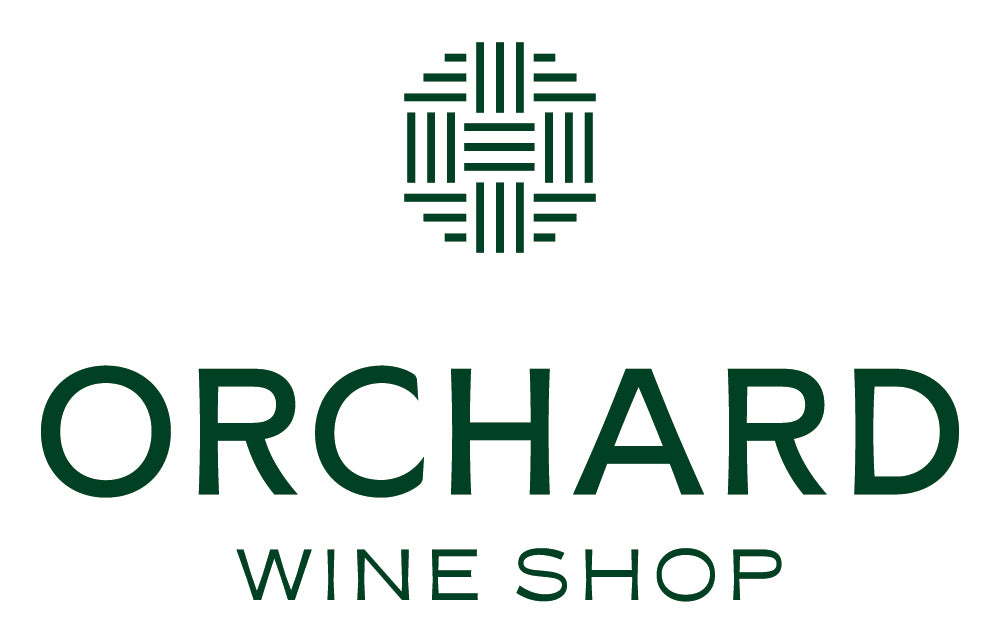2023 Cascina Castlet "A TAJ" Chardonnay
The 2023 Cascina Castlet "A TAJ" Chardonnay features a beautiful straw-yellow color with greenish reflections. It has an intense, fruity, and floral aroma that is long-lasting and very pleasing. The taste is dry, well-structured, and pleasantly acidic, with a delicate elegance and a long aromatic finish. Cascina Castlèt, located in Castiglione d’Asti, is a family-owned estate that focuses on respecting nature and embracing technological progress in winemaking. The vineyard spans 31 hectares and includes local grape varieties such as Barbera, Moscato, Uvalino, Nebbiolo, Cabernet Sauvignon, and Chardonnay, which has been cultivated in the area since the late 18th century. The Borio family has owned Cascina Castlèt for generations, and the estate is known for its creative wine names and commitment to ethics and culture, emphasizing environmental respect and the well-being of those who work the land.
The 2023 Cascina Castlet "A TAJ" Chardonnay features a beautiful straw-yellow color with greenish reflections. It has an intense, fruity, and floral aroma that is long-lasting and very pleasing. The taste is dry, well-structured, and pleasantly acidic, with a delicate elegance and a long aromatic finish. Cascina Castlèt, located in Castiglione d’Asti, is a family-owned estate that focuses on respecting nature and embracing technological progress in winemaking. The vineyard spans 31 hectares and includes local grape varieties such as Barbera, Moscato, Uvalino, Nebbiolo, Cabernet Sauvignon, and Chardonnay, which has been cultivated in the area since the late 18th century. The Borio family has owned Cascina Castlèt for generations, and the estate is known for its creative wine names and commitment to ethics and culture, emphasizing environmental respect and the well-being of those who work the land.

